I often end up skipping films or TV shows due to the hype and finally watch them after it calms down. I gather that rather than the fear of missing out, I struggle with fear of disappointment. Therefore, when the Malayalam film The Great Indian Kitchen released in January and made waves across social media, I skipped that too.
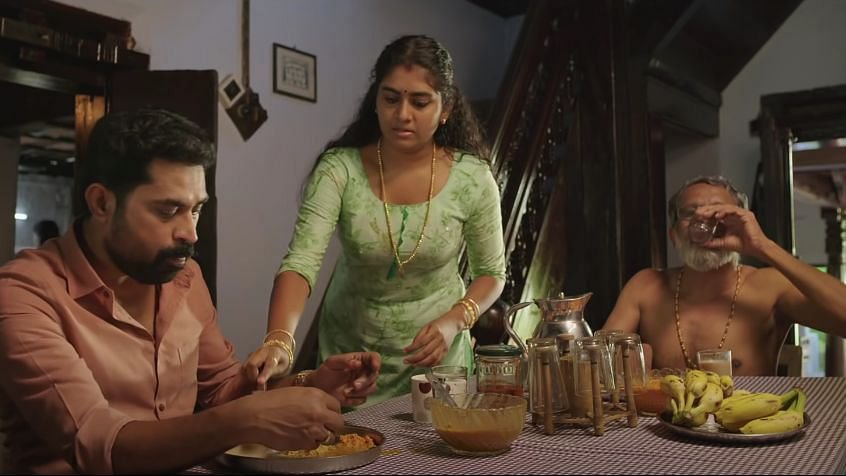
Undoubtedly, Jeo Baby, the writer and director of the film, has given us the best movie of the year. I was too late to watch such a brilliant film and don’t want you all to do the same. So, from hereon, I’ll try my utmost to convince you to watch The Great Indian Kitchen before the year ends.
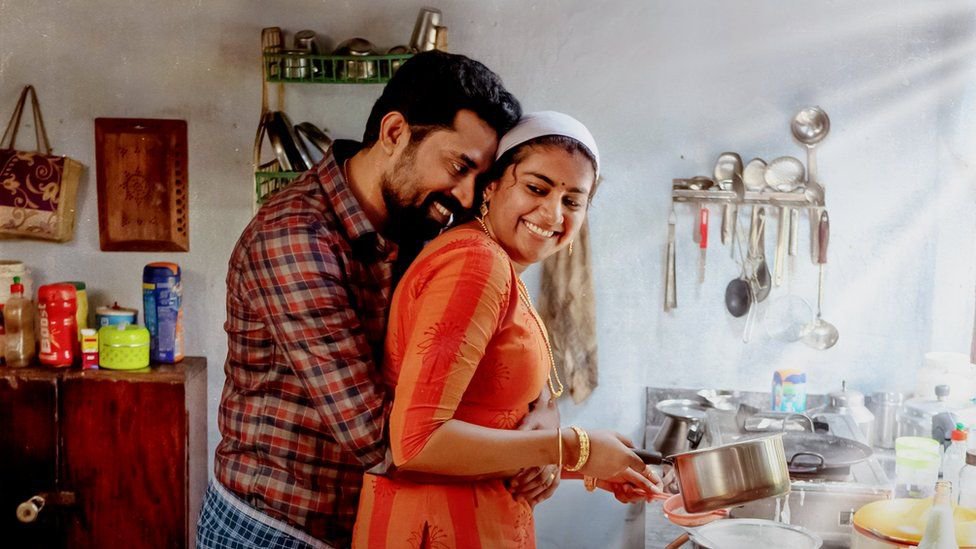
Let me first summarise the film: It centres around a newly married couple and focuses on the female protagonist (played by Nimisha Sajayan). Within the walls of a house, a story unfolds which is relatable to most Indian women. For the audience to resonate with the characters, the maker intentionally didn’t create an identity through their names.
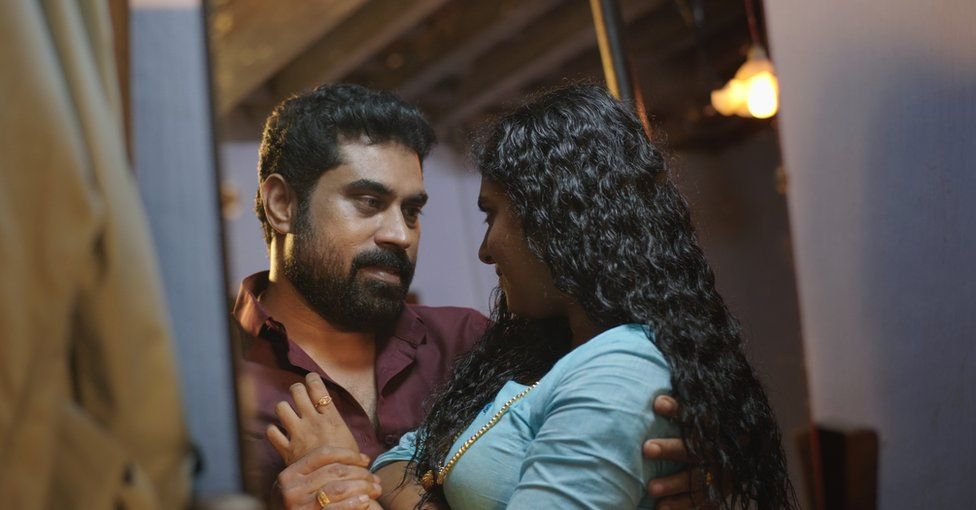
The hard-hitting truths (which we are probably aware of) that mainstream cinema often sugarcoats have been put under a spotlight. The film delves into how tradition, religion and patriarchy are used as a tool to strip women of their agency.
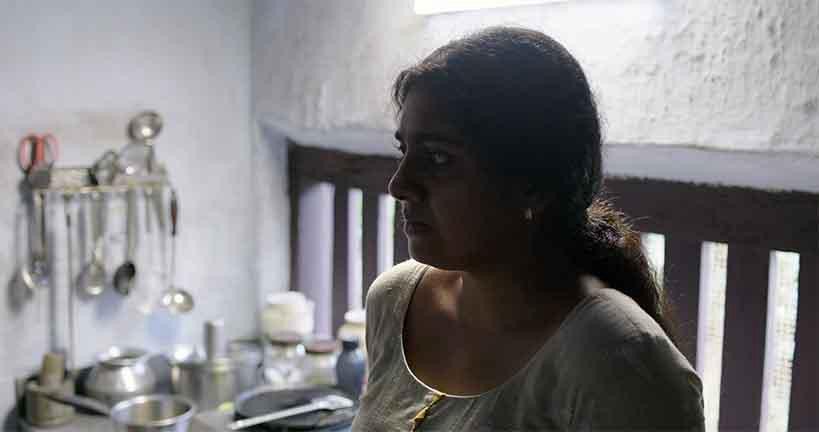
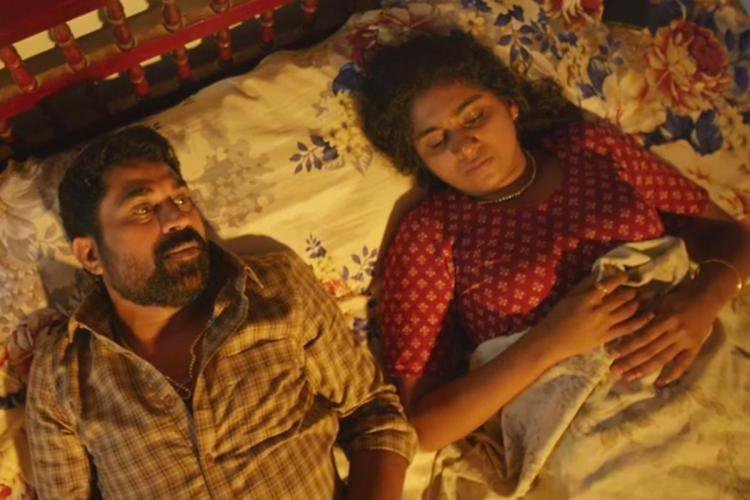
In simple words, it’s nothing we haven’t witnessed around us, yet unravelling to watch. Case in point, wives’ almost always eat after their husbands, they clean up after them, they are supposed to take care of their in-laws and much more. All this unpaid labour without any appreciation. In fact, we rarely consider household chores as work.
The husband and the father-in-law, Suraj Venjaramoodu and Suresh Babu, aren’t painted as villains through their words or actions. They go on with their lives as usual. The creator allows you to note the problems. If you can’t identify them while watching the film, there is a problem right there!
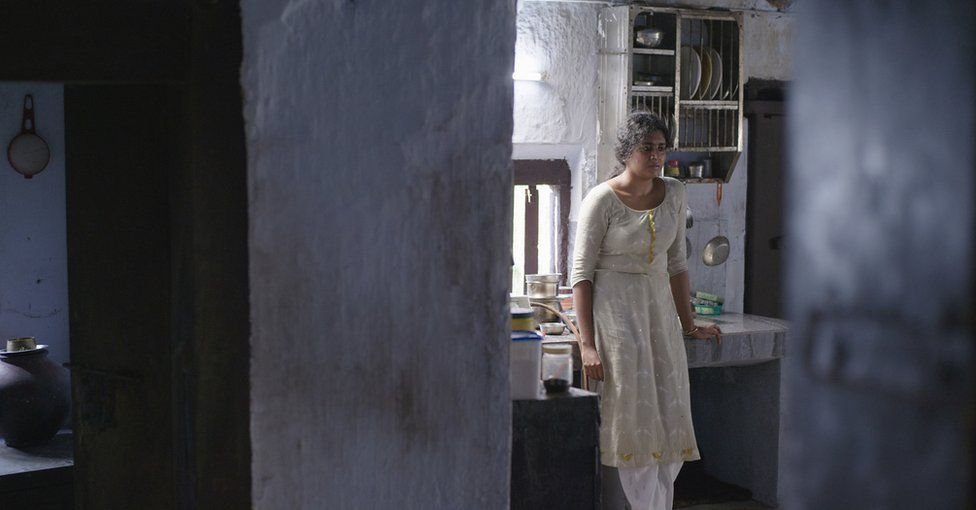
The wife takes over the activities her mother-in-law has been doing for years. She cooks, they eat. They leave the leftovers, she cleans. They make demands, she fulfills. A certain monotony is created through the repetition of the daily household chores. The viewer is also made to reach the point of saturation along with the character. And finally when she breaks down, you, too, will feel a sense of freedom.
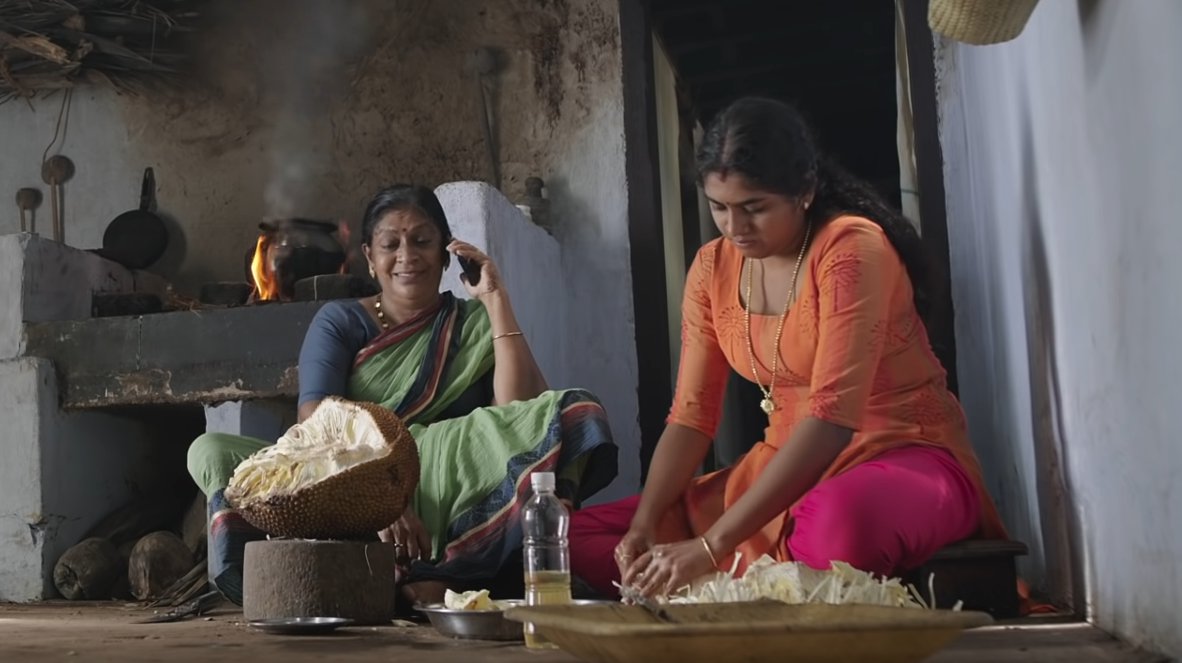

Over years, we have normalised women exhausting themselves in the kitchen to feed the rest of the family. And marked that particular portion of the house as their territory. Beyond that she needs to acquire permission from the men, decision makers of the house. Generation after generation, women are told to follow this legacy. We have inculcated this detrimental tradition in our lives to an extent where we frown upon women opposing it.
The Great Indian Kitchen is a visual treat as well. In fact, the shots have such precision that one doesn’t need the character to speak up against the issues. For instance, while the women are shown waking at early hours to prepare a meal, men are reading the newspaper leisurely. After a tiring day, she leaves the kitchen only after cleaning it up entirely, while he scrolls through the phone lying on a bed.
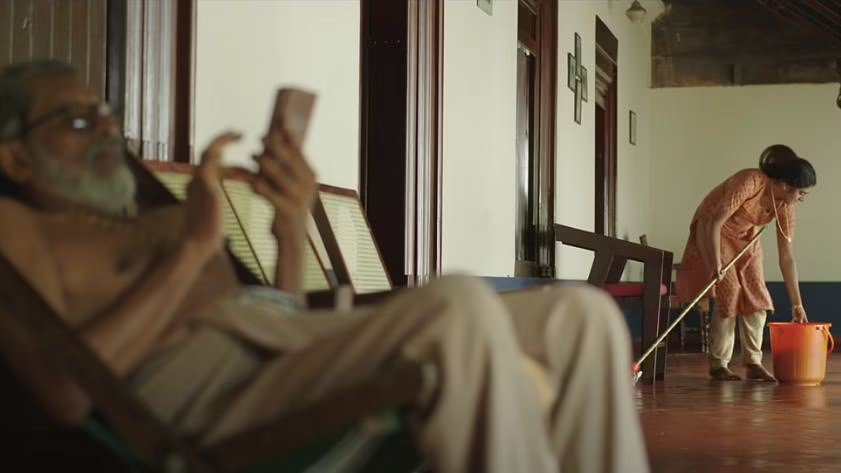
‘Poor men’ who can’t do without their wives until she becomes ‘impure’ when she menstruates. The ‘ugly reality’ of these entitled men have been put forth with utmost honesty. This shame around menstruation has been internalised to such an extent that we don’t think twice before punishing women in our house for a natural occurrence.
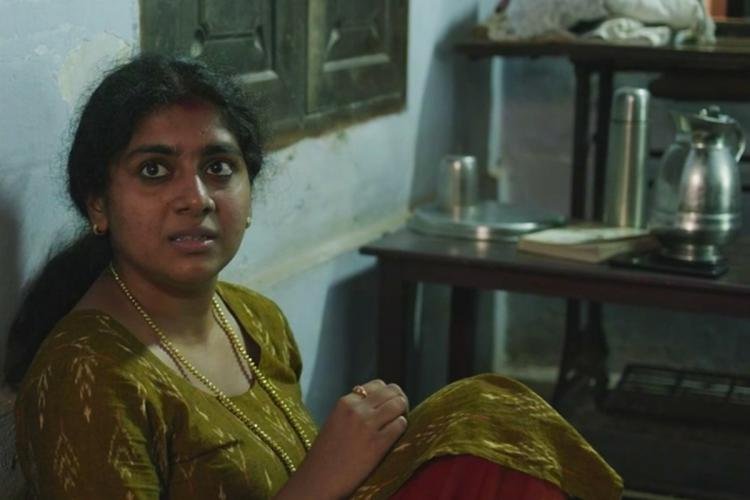
We, as young girls, have often been narrated glorious tales of women sacrificing their aspirations and dreams for their family. And the ones ‘allowed’ to take a job are burdened with the added duty of ensuring all the chores at home are wrapped up.
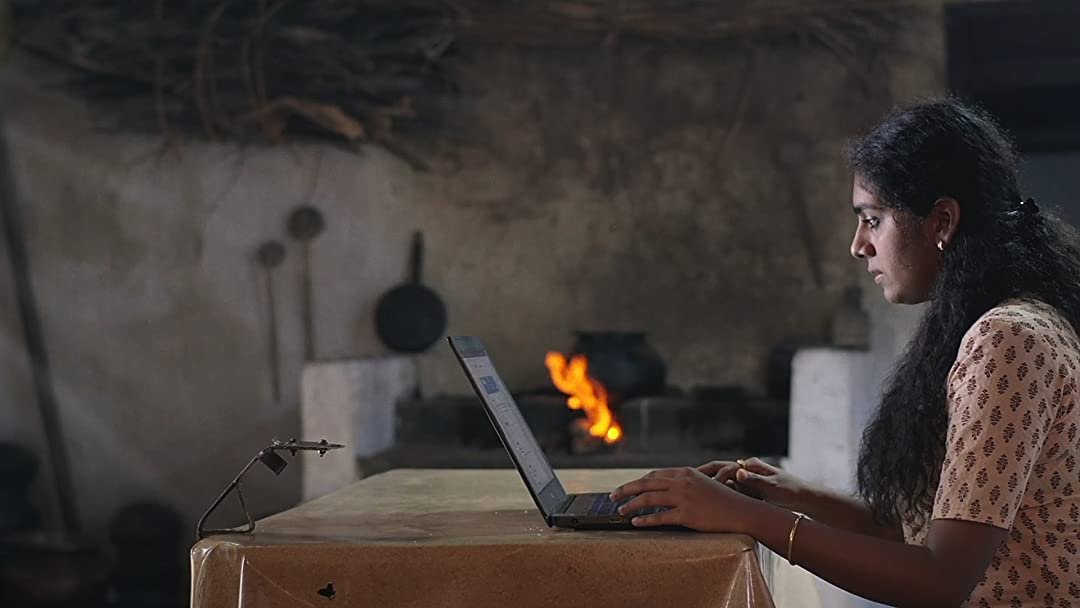
To say that the film presents uncommon practises would be totally untrue. If you don’t relate to what’s shown, consider yourself part of the rare crowd. The ones who are of the opinion that these practises prevail only in small towns, rural areas or conservative families, look within your own households..
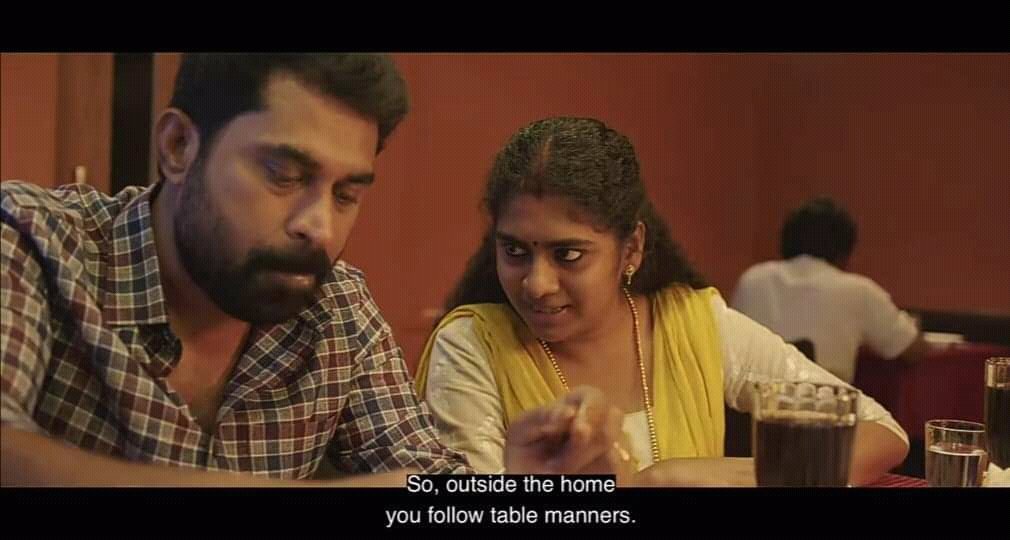
And if it still doesn’t seem like the best yet, you can surely watch it to prove us wrong.

















